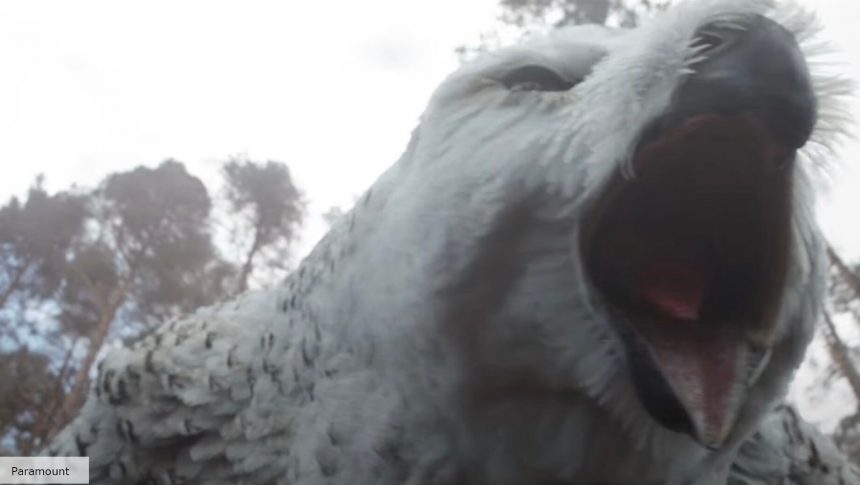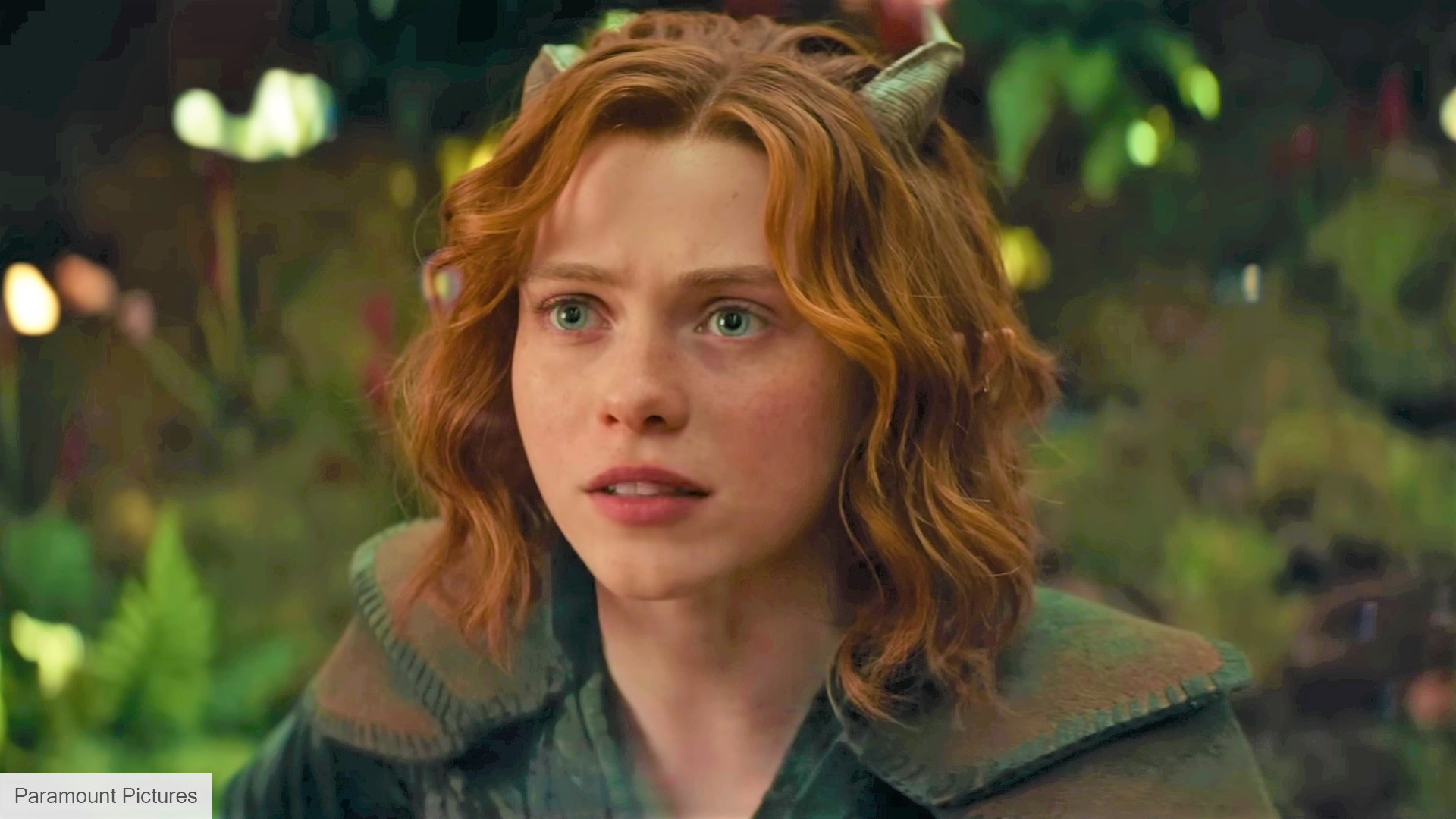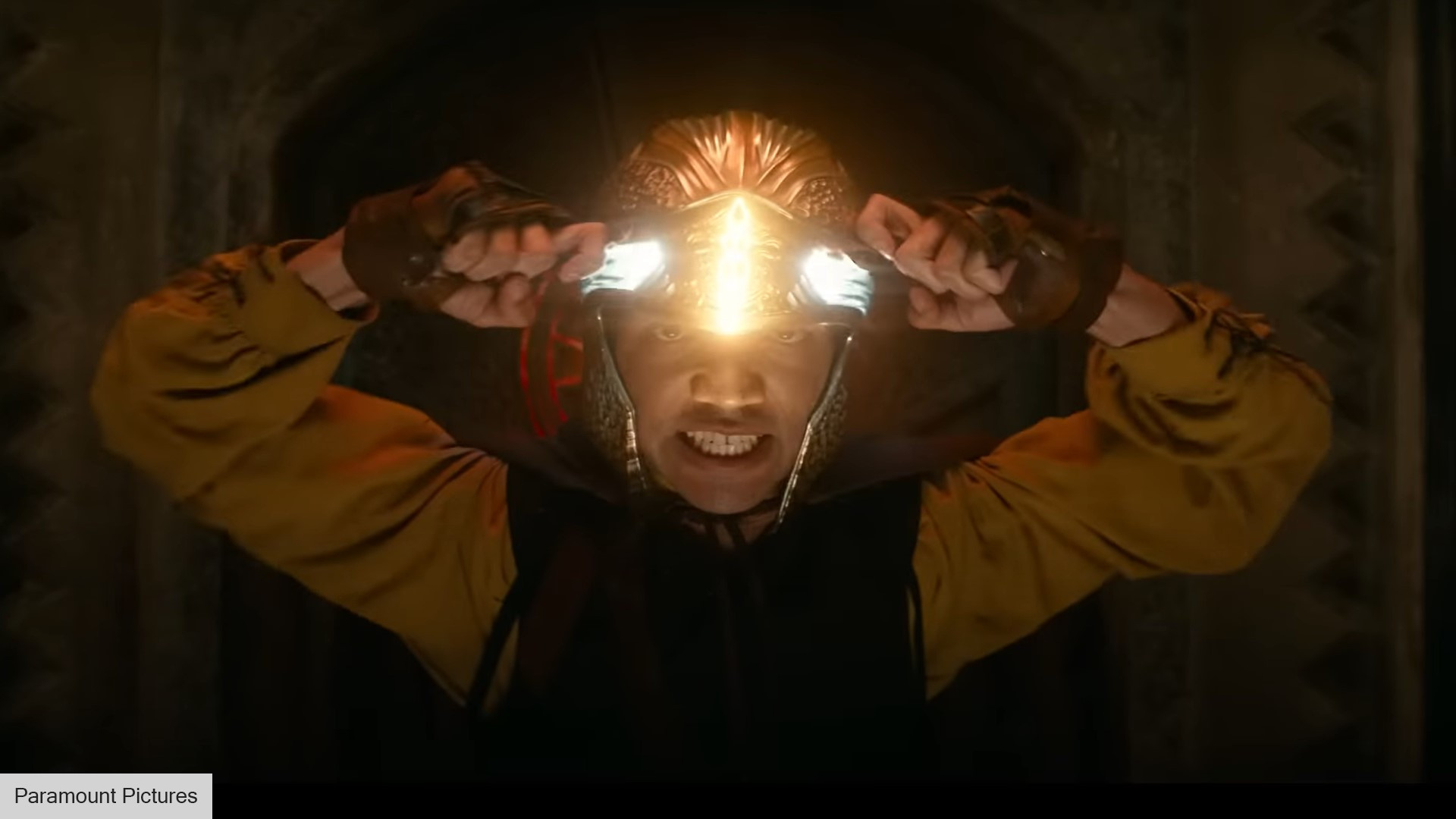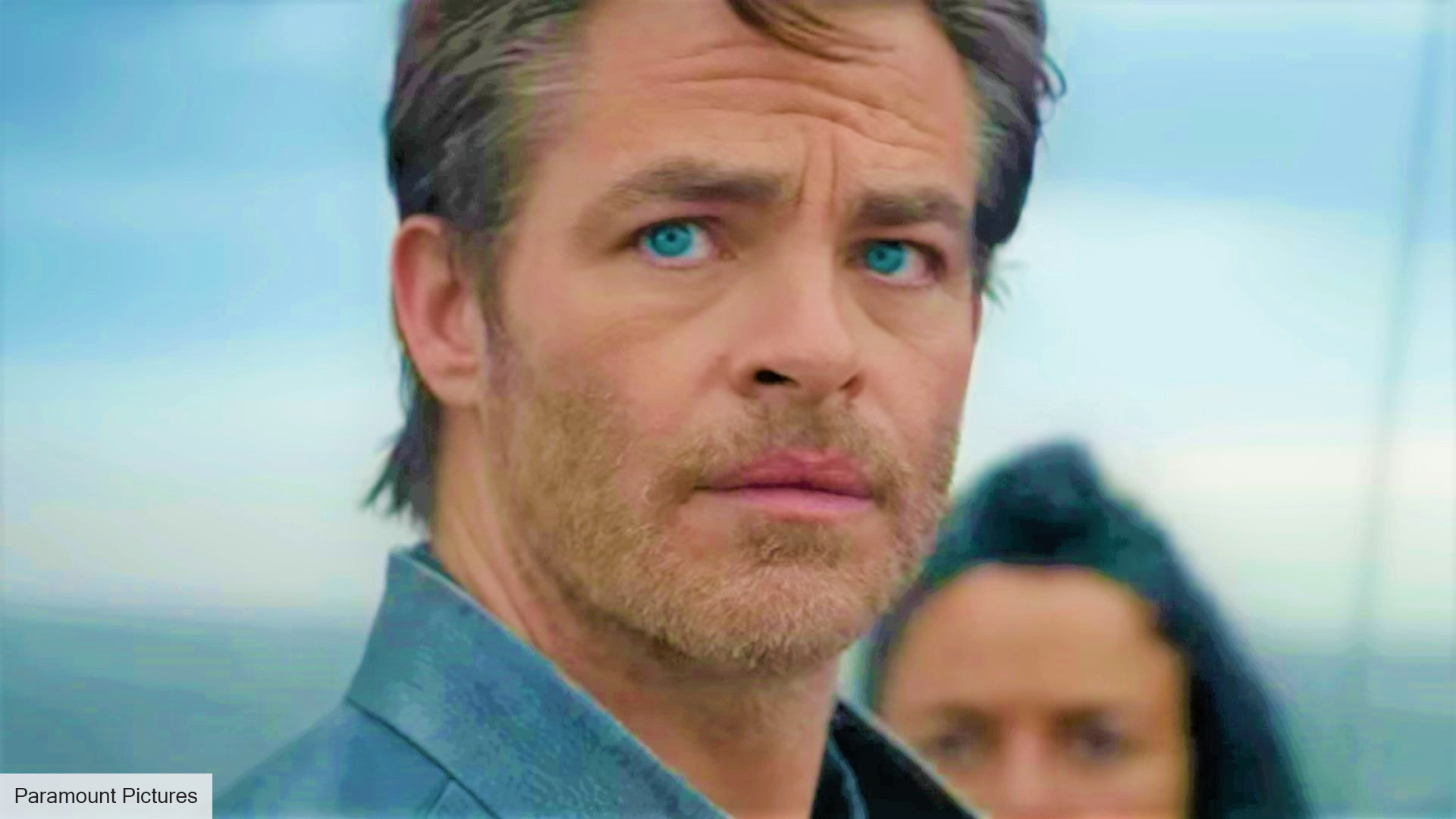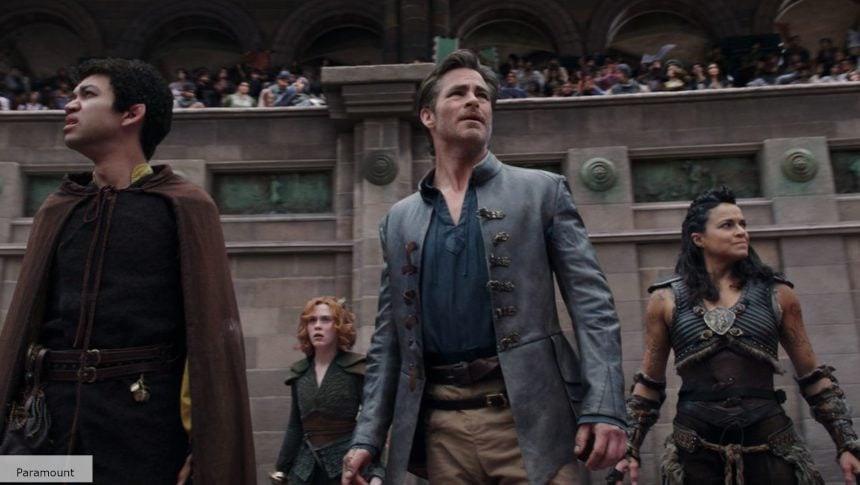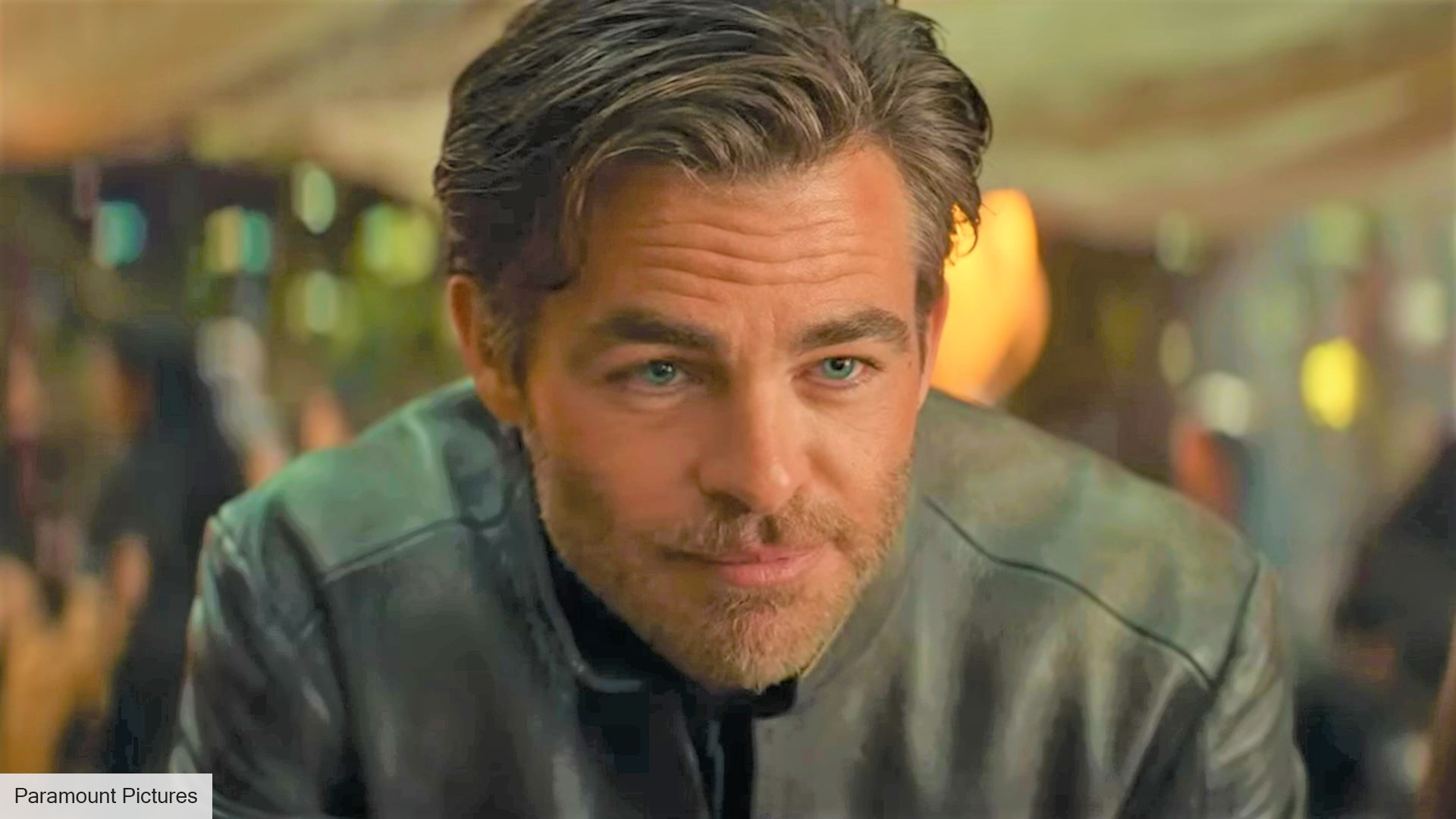Let’s face it: DnD Honor Among Thieves, the latest Dungeons and Dragons movie, was never going to get everything right about D&D. The game has rules a-plenty, and not all of them translate well to the big screen. But we’re big rules nerds at Wargamer. This means, as well as preparing for our DnD movie review, we went into the screening ready to spot some rules-as-written mistakes. And we’ve delivered six of them for your scrutiny.
Before we start picking the DnD movie apart, there are a few things to bear in mind. Firstly, there’s one major D&D rule Honor Among Thieves gets right – and that’s the ‘rule of cool’. Overlooking rules often results in epic fight scenes and visual effects that make the movie a lot more fun to watch. Every DM has the right to fudge things to make the story better, so we’ve already forgiven this film for all its fumbles. Oh, and by the way, you can watch the DnD movie online now, so you’ve no excuse!
Secondly, minor spoilers lie ahead. We’ve not given away any story beats, but the following headings talk about specific scenes and jokes. If you want to go in with as little info as possible, save this article for later.
Now, it’s time to talk rules – and where the DnD movie goes wrong.
The Druid turns into an Owlbear
We’ll get the obvious one out of the way first. Since the first trailers were released, we’ve known that Doric the DnD Druid could turn into an DnD Owlbear. Fifth edition’s Wild Shape rules dictate a Druid can turn into any beast they’ve seen before. ‘Beast’ is the key word here: in Dungeons and Dragons, Owlbears are monstrosities, not beasts.
While Doric’s feathery version of the Incredible Hulk is a fifth edition fumble, it looks like Druids will be able to turn into Owlbears in future. Playtests for the next iteration of the game, currently known as One D&D, have already hinted at this possibility.
The Druid uses Wild Shape an impossible amount of times
In D&D, most Druids can only use their Wild Shape ability to transform into beasts twice before they need a rest. The exception here is level 20 Druids who, having literally maxed out their levels, can transform an unlimited number of times.
Based on her DnD movie stat block, we can calculate that Doric is probably not a level 20 Druid. Despite this, Honor Among Thieves features a scene where she Wild Shapes at least ten times in the space of a few minutes. Visually, it’s very cool; but it definitely wouldn’t fly at most D&D tables.
That’s not how sending stones work
Sending stones, a classic DnD magic item and the closest the Forgotten Realms gets to walkie-talkies, make an appearance in Honor Among Thieves. However, despite what the DnD movie may think, these are not walkie-talkies.
Sending stones come in pairs, and they allow their bearer to cast a spell that allows them to send a 25-word-or-less message to whoever is holding the other paired stone. Crucially, once a single message is sent, the sending stones are useless until the next morning. Not only do the party use four-way sending stones; they chat back and forth like they’re holding the latest iPhone.
That’s not how Intellect Devourers work
Intellect Devourers are mean little DnD monsters that look like brains on legs. They don’t have eyes, but they can sense creatures over a certain intelligence level within 300 feet. The Dungeons and Dragons movie uses this to great comedic effect, having a school of Intellect Devourers totally ignore Edgin the Bard and co.
While funny, this wouldn’t happen in a traditional D&D game. Intellect Devourers can detect any creature with an Intelligence stat over three. We’ve seen the DnD stats of the Honor Among Thieves party, and the lowest intelligence score is 11 (sorry Holga). Those Intellect Devourers should have leapt at the chance to gobble up some tasty minds.
Fighting a group of enemies alone is always a bad idea
Alright, it does look very impressive when a warrior takes down an army of guards single-handedly. However, in D&D, taking on a group of enemies by yourself is often a death sentence.
This is all down to action economy. Essentially, a D&D character only has so many things they can do in a single turn. A large group has more turns, and therefore more actions they can perform in a combat round. And, if they’re all focusing on a single target, they can concentrate all their attacks on taking down that one person.
Holga the DnD Barbarian is the main culprit with this one. As the party Tank, she’d have the best shot at surviving a pile-on, but even she would probably fall foul of bad action economy eventually – which never really happens in Honor Among Thieves.
The Bard does literally nothing to support the party
Chris Pine plays Edgin the DnD Bard, the movie’s main character and the party’s Face. He oozes charm and does a lot of fast-talking, but he also does literally nothing to aid his party as a Bard. He’s definitely rolling Charisma through the entire film, but we don’t see him cast a single spell or use a single Bard ability.
Out of all the DnD classes, the Bard is one of the best choices for party support. They know heaps of 5e spells for healing their friends or making them hit harder, and they can use magic as well as high Charisma to charm or persuade NPCs. Edgin, however, is more likely to smack someone in the face with his lute than use its music for magical benefits.

